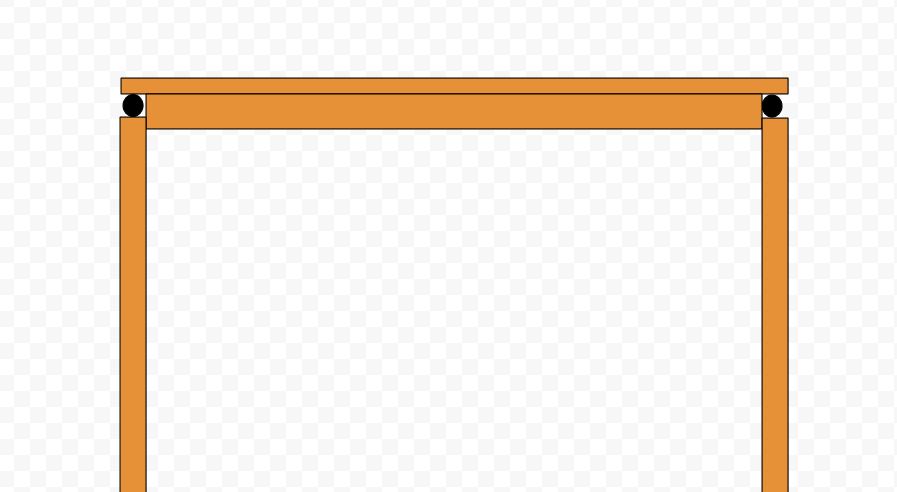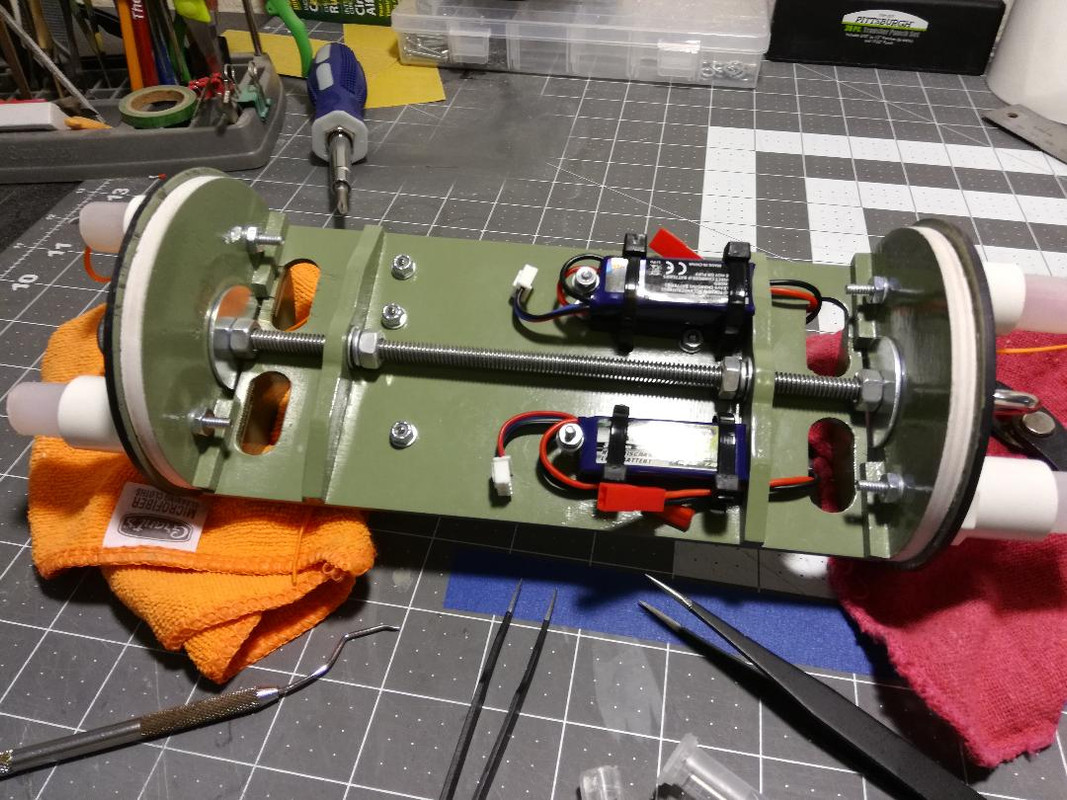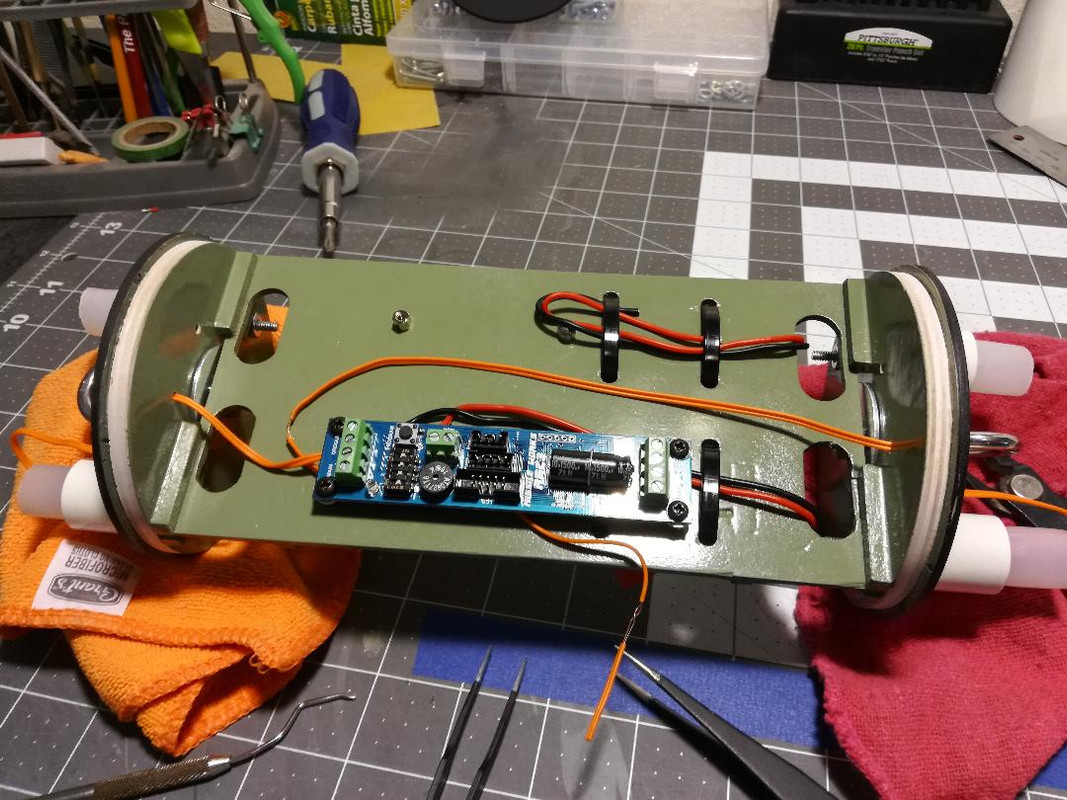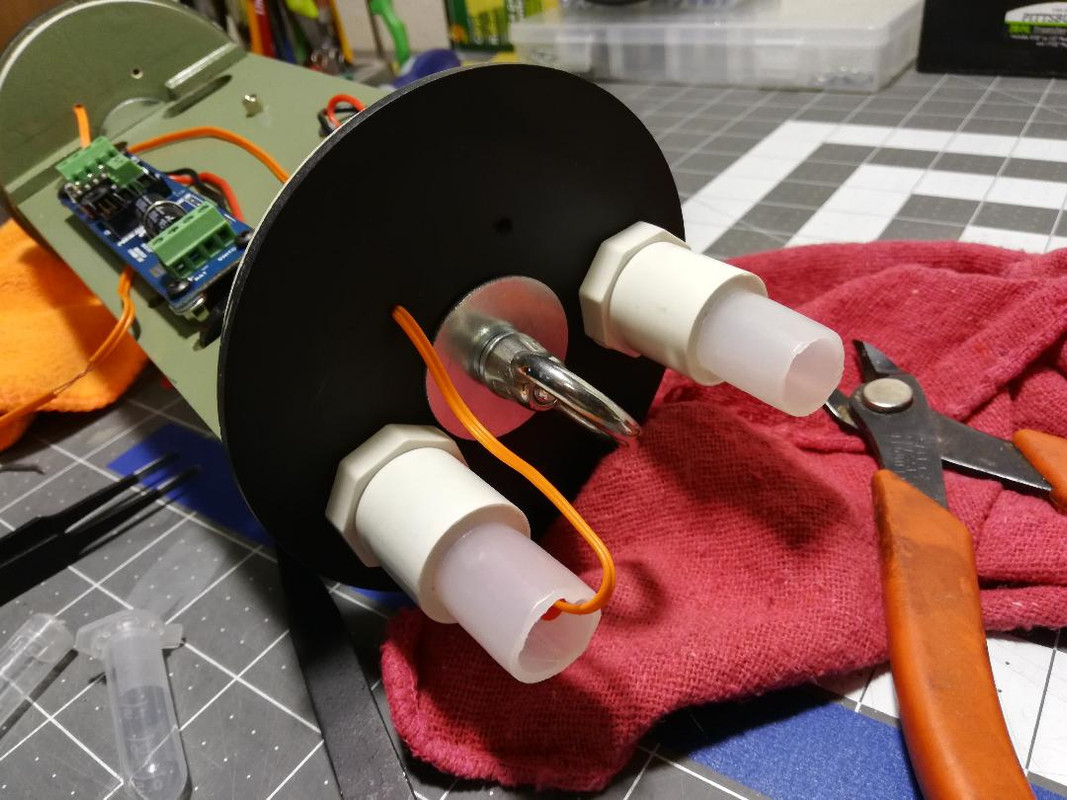Interesting discussion guys. I am not a mechanical engineer so looking up and interpreting these numbers is not my specialty. But one thing you need to consider is that when the parachute opens the forces on the recovery system may not be in line with the rod. They may be at some significant angle off that axis. Is that torsional force? This is what concerns about using a single all-thread aluminum rod.
I think that is a really good question, and that's where things get complex. I think it's a combination of the tensile & shear strength of the fasteners/rod(s) and how the bulkheads are seated within the coupler tube and how much compression there is holding the two bulkheads in place. I think if there is enough compressive force holding the shouldered bulkheads in place and the fasteners hold that the coupler will, essentially, act as one unit with regards to any radial forces acting upon it, the skin, if you will, of the coupler tube sharing much of the compression, torsional and shearing loads.
I would think the other factor would be how much shear strength the body tube has, or how much force would you have to exert before the cardboard ring engaged with the shoulder of the bulkhead ripped? One could probably get an idea of how hard it would be to rip out a bulkhead sideways with a 1/4" shoulder by cutting a 1"4 ring of spare coupler tube and trying to pull it in two, but that would not fully represent the other structure involved - bulkheads, fasteners, rods, etc., helping to share and distribute those loads. It would only indicate the shear strength of the cardboard tube alone.
With regards to deforming the aluminum rod, I think you have a valid concern if the rod were, essentially, unsupported except at the ends (I can tell you, 6' of 1/4" 20 aluminum rod is
really floppy!). I guess I would look at it this way: If you put a piece of 8" dry spaghetti between two dominoes it's very easy to bend. If you put a domino in the middle, less so. Adding more support it resists deformation and will only break when its shear strength is exceeded. Also, it will bend less so if you actually apply some tensile force to it, which is why the suggestion above of using titanium bicycle spokes is so brilliant, providing the coupler tube carries the torsional, compression and radial loads, which monocoque structures do incredibly well. I think the entire coupler assembly would likely have to fail before the rod would bend, and the threaded ends in the eye nuts and being under tension would be the last part to bend at all. This is why I have the rod under internal tension and supported in four places in my build.
You might remember the childhood experiment of making a ring of simple unfolded paper and then placing a heavy book on it only to have the thin piece of paper carry the weight without crushing. This is why rocket body tubes do their job so well - they are extremely strong for the forces they are expected to encounter. A little aside, but the Atlas rocket that was used in the orbital Mercury shots had skin so thin that when it was not fueled and was in a horizontal position the entire rocket had to be supported by by special tooling and cradles to keep it from collapsing under its own weight. There is a video out there of a failed Atlas launch, and as the fuel tanks rupture you can see the entire rocket skin failing and crumpling like a sheet of tin foil (which is about what it was). Yet, when held under tension by pressurized fuel tanks it could withstand the extreme forces of going supersonic. This is why there are successful examples of people using cardboard tube rockets for L3 and supersonic flights.
I think a resource that every rocketeer should have is a copy of
The Machinist's Handbook. There are several sources, you could probably pick one up at a used book store for a song, and they are a wealth of information in fastener strength, proper hole sizes for fasteners (incredibly important!), optimum hole spacing, O-rings sizes and retaining, etc., etc..
This app might be an awesome resource:
https://www.machinist-handbook.com/











